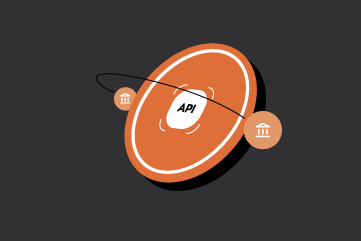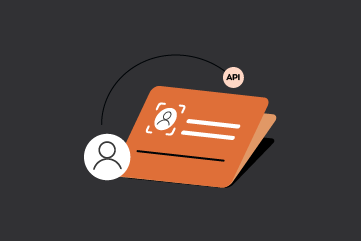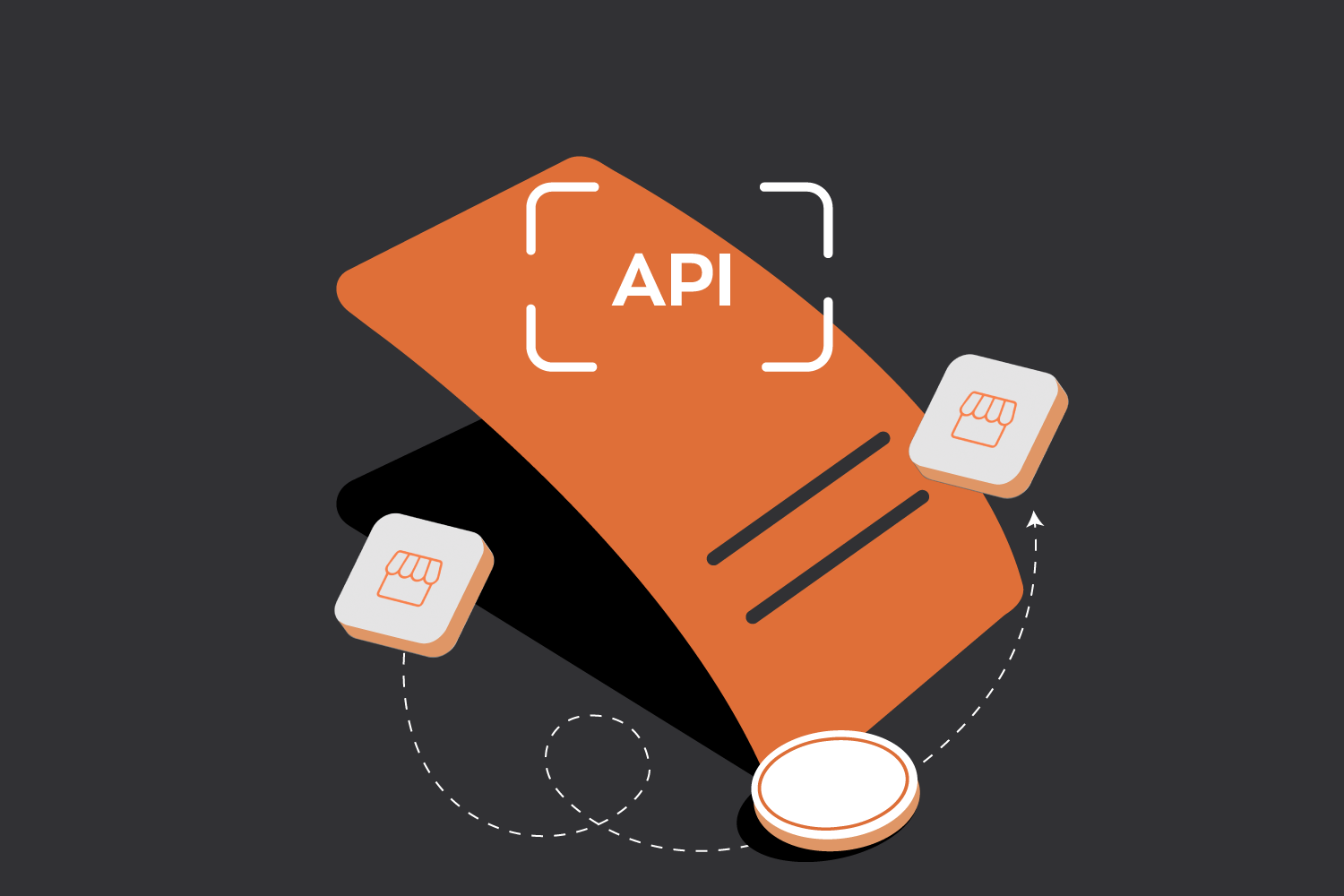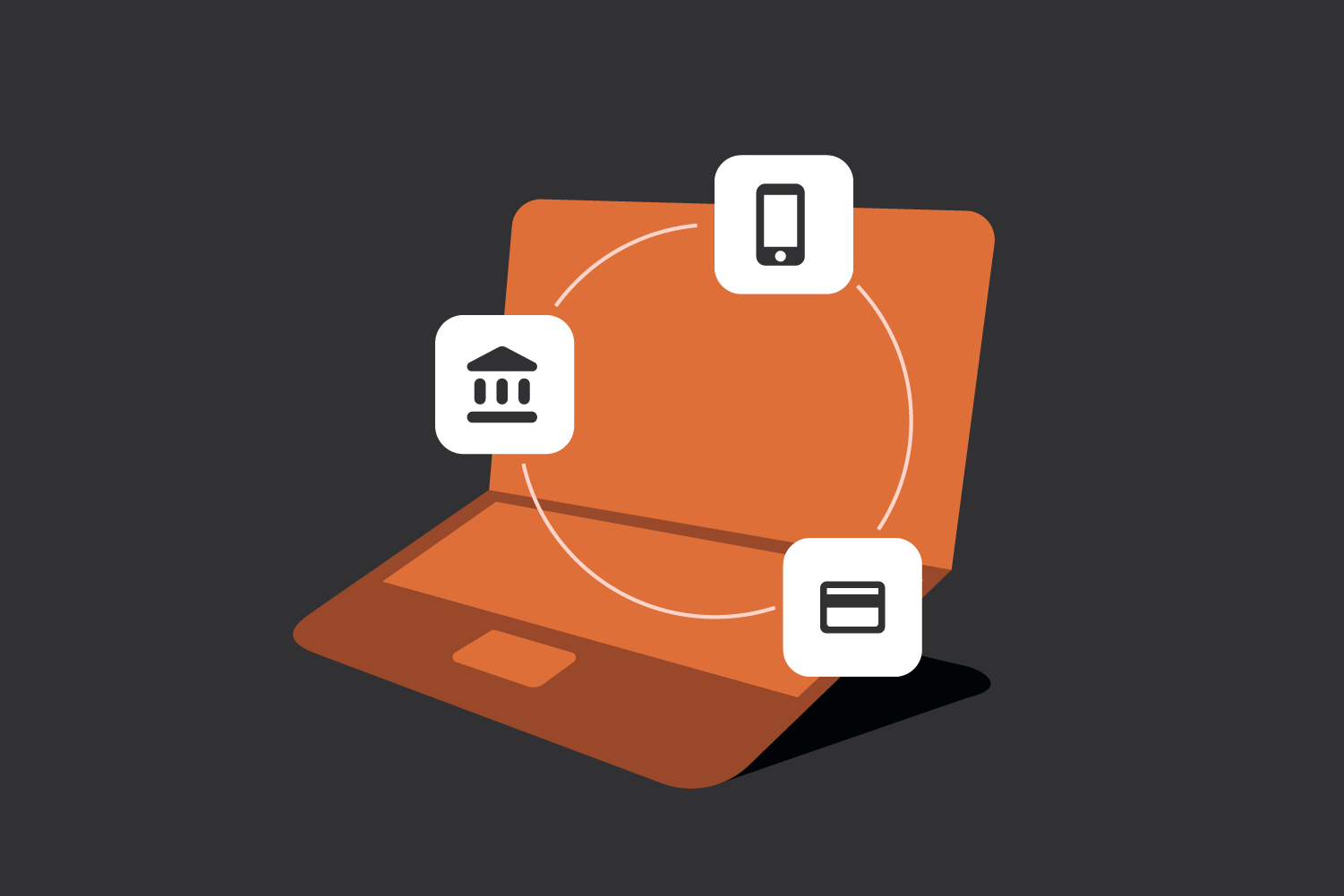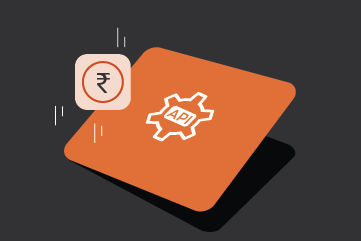In today’s fast-paced business environment, compliance with Goods and Services Tax (GST) regulations is a critical aspect of any organization’s operations. The complexity of GST laws, coupled with the voluminous paperwork involved, can often be overwhelming. However, technological advancements have brought about innovative solutions to streamline GST compliance. One such solution is the e-invoice APIs.
This blog will delve into the intricacies of e-invoice APIs and how they can significantly simplify GST compliance for businesses of all sizes. We will explore the concept of e-invoicing, its benefits, and the steps involved in implementing e-invoice APIs. Additionally, we will discuss real-world examples to illustrate the practical applications of these APIs in enhancing GST compliance.
Understanding e-invoicing and its significance
e-Invoicing is a system in which businesses generate B2B invoices and other specified documents and share them with the e-invoice portal for authentication. Once authenticated, the portal allocates IRN and auto-populates the invoice data to the e-way bill and GST portals. Also, businesses should quote the IRN to make the invoice valid.
Under the GST regime in India, e-invoicing has been made mandatory for businesses in a phased manner based on Annual Aggregate Turnover (AATO). The last phase covered the businesses with more than Rs 5 crore turnover w.e.f 01.08.2023, and later it was made optional for businesses having less than Rs 5 crore turnover. Businesses can check their e-invoicing enablement status here.
Key benefits of e-invoicing
- Improved efficiency: Streamlines data reconciliation under GST reduces mismatch errors and enhances productivity.
- Enhanced accuracy: Reduces the risk of errors in invoice capturing with interoperability between ERPs and software.
- Faster Input Tax Credit (ITC): Faster availability of genuine ITC brings transparency and better working capital management.
- Real-time tracking: Provides real-time visibility into the status of invoices, facilitating better tracking and reconciliation.
- Better compliance: Ensures adherence to GST regulations, minimizing the risk of penalties and audits.
The role of e-invoice APIs
e-Invoice APIs serve as the backbone of e-invoicing systems. They provide a programmatic interface that enables businesses to integrate e-invoicing functionality into their existing software applications. These APIs handle various tasks, including:
- Invoice generation: Automatically generate invoices based on sales data and predefined templates.
- Invoice validation: Verify invoices against GST rules and regulations to ensure compliance.
- Invoice sharing: Electronically share invoices with customers, suppliers, and government authorities.
- Data integration: Seamlessly integrate e-invoicing data with other business systems, such as ERP and accounting software.
- Reporting: Generate various GST reports, including GSTR-1, GSTR-3B, and GSTR-9, to comply with government requirements.
Implementing e-invoice APIs: A step-by-step guide
- Choose a reliable e-invoice API provider: Select a provider that offers a secure, scalable, and user-friendly API solution such as Zwitch. Consider factors such as pricing, features, and customer support.
- Obtain API credentials: Once you’ve chosen a provider, you’ll need to obtain API credentials, such as an API key and secret.
- Integrate the API: Use the API documentation provided by the provider to integrate the e-invoice functionality into your business systems. This may involve making API calls to generate, receive, and share invoices.
- Test and validate: Thoroughly test the integration to ensure that it’s working correctly and that invoices are being generated and shared accurately.
- Provide training: Train your employees on how to use the e-invoice API and understand its benefits.
Real world examples of e-invoice APIs in action
- Manufacturing company: A large manufacturing company can use e-invoice APIs to automate the generation of invoices for thousands of transactions daily. This eliminates manual errors, reduces processing time, and ensures accurate GST compliance.
- E-commerce business: An online platform can integrate e-invoice APIs into their shopping cart system to automatically generate invoices for customer orders, wherever e-invoices are applicable. This provides a seamless customer experience and ensures timely GST compliance.
- Small business: A small business can use e-invoice APIs to simplify its GST compliance process. They can save time and effort and reduce the risk of errors by automating invoice generation and validation.
Overcoming challenges and best practices for GST compliance
While implementing e-invoice APIs can significantly simplify GST compliance, it’s essential to address potential challenges and follow best practices:
- Data security: Ensure that your e-invoice API provider has robust security measures in place to protect sensitive data.
- API compatibility: Verify that the API is compatible with your existing business systems and software.
- Regular updates: Keep your e-invoice API and related software up-to-date to benefit from new features and security patches.
- Employee training: Provide adequate training to your employees to ensure they can effectively use the e-invoice API.
- Compliance audits: Conduct regular compliance audits to verify that your e-invoicing system is functioning correctly and adhering to GST regulations.
e-Invoice APIs offer a powerful solution for businesses looking to streamline GST compliance. By automating invoice generation, validation, and sharing, these APIs can significantly reduce manual work, improve efficiency, and enhance accuracy. By following the steps outlined above and addressing potential challenges, businesses can effectively leverage e-invoice APIs to simplify their GST compliance processes and focus on core business activities.
Interested in our APIs? Let’s talk!
Tell us your automation goals, and we’ll set you up with a free, personalized demo from our API expert.
Click HereFAQs
What is GST?
GST is an indirect tax levied in India when a business sells goods or provides services.
What is GST compliance?
GST compliance means following the rules and regulations mentioned under the Goods and Services Tax (GST) law. It involves GST calculation, payment of taxes, and filing of returns.
What is e-invoicing under GST?
e-Invoicing is a system where invoices are generated, received, and shared electronically between businesses and the government. It is mandatory for specific businesses under the GST regime.
Why is e-invoicing crucial for businesses?
e-Invoicing offers several benefits, including reduced paperwork, improved efficiency, enhanced accuracy, better compliance, and real-time tracking.
How do e-invoice APIs help with accurate GST compliance?
e-Invoice APIs automate invoice generation, validation, and sharing, reducing the risk of errors and ensuring accurate GST compliance.


